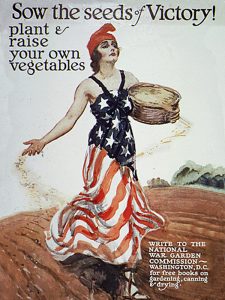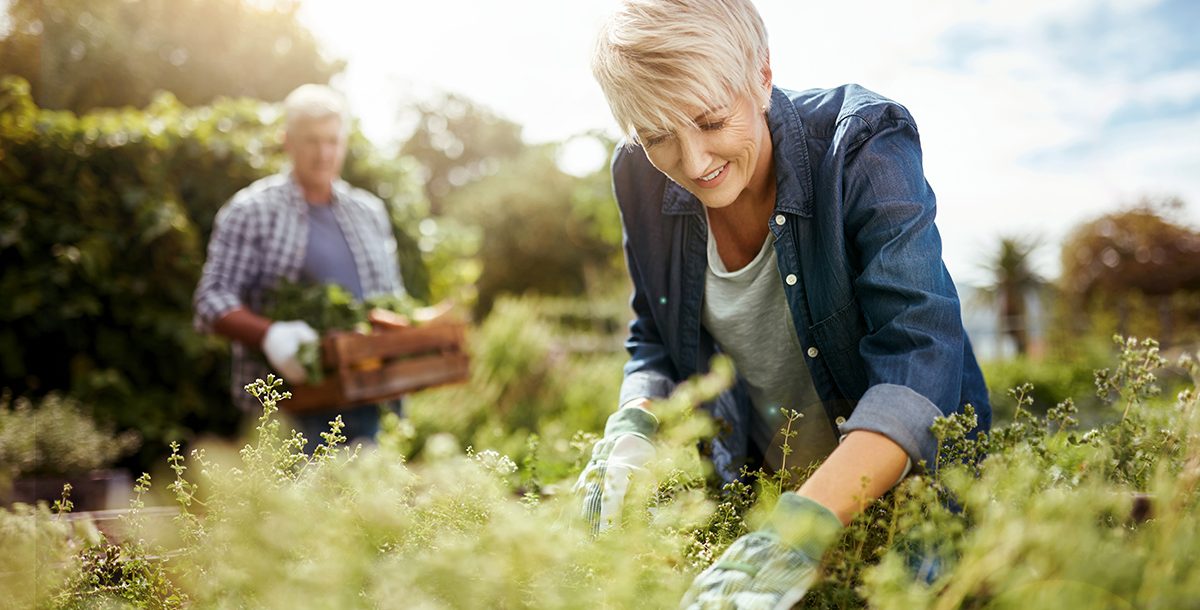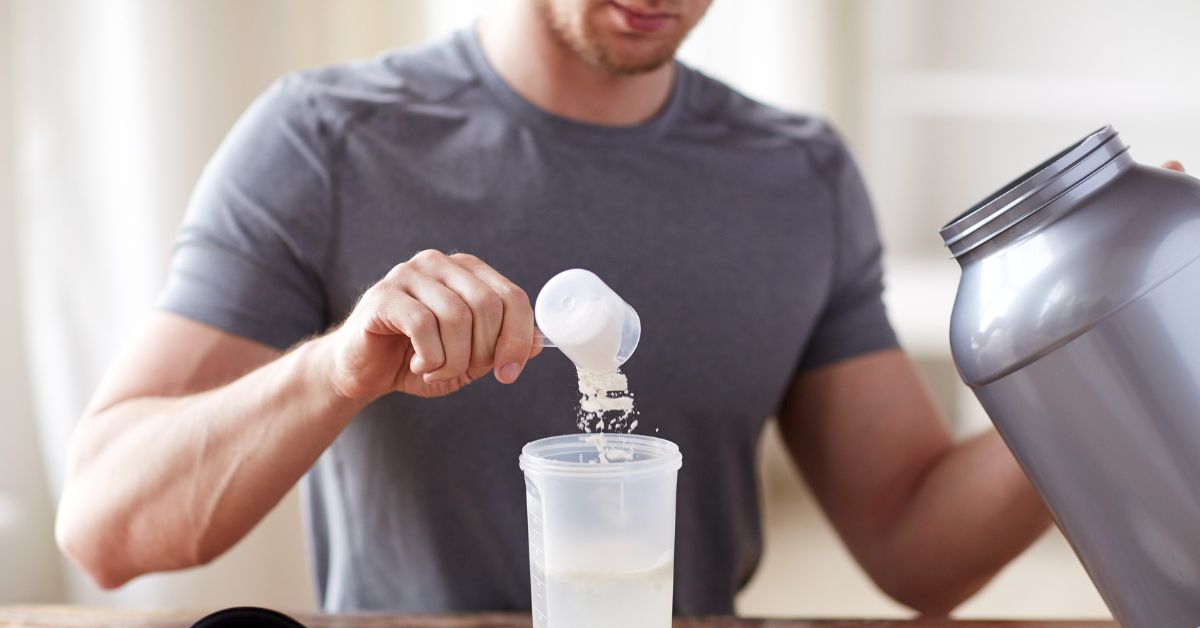The federal government urged Americans to plant “victory gardens” during World War I as a way to grow their own fruits and vegetables while farmers were serving in the military. Today, the COVID-19 pandemic has led to challenges in our food supply, and victory gardens are coming back across the U.S.
The first victory gardens

During the war, victory gardens provided not just food, but a sense of pride, purpose and reduced fears of food shortages during an uncertain time. Americans were encouraged to “sow the seeds of victory.” With World War II came a resurgence of victory gardens — First Lady Eleonor Roosevelt even planted one in the White House lawn.
Today’s pandemic has led many of us to feel uncertainty again. We may find it more stressful to shop as often for fresh produce, and it can be more difficult to find some canned and frozen goods.
Victory gardens — called “resiliency gardens” by some — are being planted again across the U.S. in response to these challenges.
Health benefits of growing your own garden
Gardening has been linked to reduced symptoms of depression, anxiety and stress, as well as other health benefits. It helps people increase their physical activity and even cognitive function. Particularly relevant right now is that gardening increases a sense of community, something that’s especially helpful while we practice social distancing.
In addition, gardening is an effective way of introducing new fruits and vegetables to both children and adults. Most Americans do not meet the recommendations for the amount of fruits and vegetables they should eat daily. Growing their own vegetables and fruit has been shown to help people eat more of these foods and boost their willingness to try new foods.
How you can get started
If you’ve never planted a garden before, the idea of getting started might be daunting. However, you can experience a great sense of joy watching your sprouts pop up. And nothing tastes better than a fruit or vegetable you’ve grown yourself!
You do not need fancy equipment or a lot of space to get started, either. Old egg cartons, yogurt containers and plastic cups can make great starter pots. Summer squash, green beans, zucchini, carrots and peas are among the easiest vegetables to grow, even from seeds.
You can even regrow many vegetables from the grocery store from the scrap ends. Lettuce, celery and herbs are very easy to regrow. Just place the cut end in a small bowl and keep the bottom covered with water. Within a few days, small roots and new leaves will begin to emerge.
Learn more about what crops grow best in Ohio and Kentucky.
Also, read through the resources below for more tips on starting your own garden:
- USDA’s Team Nutrition provides free lesson plans and activity guides for all ages
- SNAP-ED provides resources for gardening on a budget and using SNAP dollars to purchase plants and seeds
- USDA Urban Agriculture offers resources for those wanting to grow a bigger garden
- USDA resources for growing herbs, fruits, vegetables and more at home






